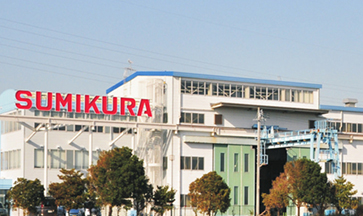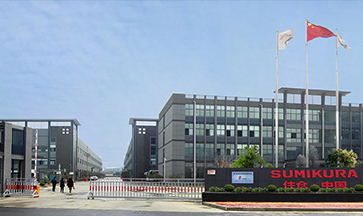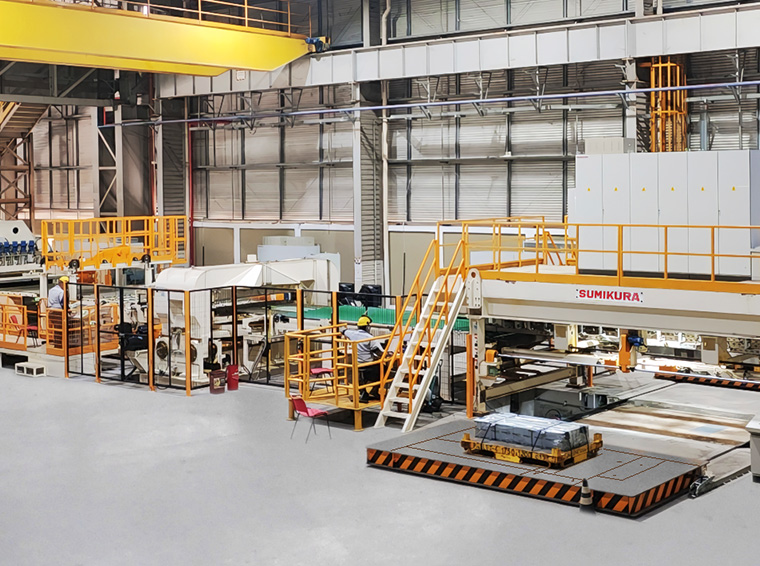Automated cut-to-length (CTL) lines represent a critical advancement in modern metal processing, offering high-speed, precise cutting of metal coils into sheets of predetermined lengths. Their primary function is to take wide metal coils, such as cold-rolled steel (CRS), hot-rolled steel (HRS), stainless steel, or aluminum, and convert them into sheets that are ready for downstream manufacturing processes such as stamping, forming, or fabrication. By integrating automation, these lines minimize manual handling, reduce production errors, and increase throughput, providing manufacturers with consistent, high-quality sheets that meet exacting dimensional tolerances. The system is particularly vital in industries where precision and efficiency directly impact product quality, including automotive, appliance, and construction sectors.
Automated cut-to-length lines are designed to perform several key functions within a single, continuous workflow. They unwind the metal coil, feed it through a precision leveling and straightening system, and accurately shear it to the required lengths. The sheets are then automatically stacked or transferred for downstream operations. This technology is particularly effective for producing large quantities of sheet metal with uniform dimensions, eliminating inconsistencies caused by manual cutting. It can handle a wide range of thicknesses, from ultra-thin sheets used in electronics or appliances to thicker panels for automotive bodies or construction. By automating the cut-to-length process, manufacturers can maintain high productivity while ensuring that every sheet meets exact specifications, reducing material waste and operational downtime.
Automated cut-to-length lines are designed for flexibility and durability in high-volume industrial environments. They can process a variety of metals, including CRS, HRS, stainless steel, and aluminum. Coil widths typically range from 300 mm to 2,500 mm, while sheet thicknesses can vary from 0.2 mm to 9.0 mm. The lines can deliver consistent cut lengths between 300 mm and 12,000 mm with tight tolerances. Shearing systems may include stop shears for static cutting or rotary shears for continuous operation, and stacking units—often magnetic—ensure organized, damage-free sheets. Integrated control panels allow for precise adjustments of speed, feed, and cut lengths, while monitoring systems provide real-time data to optimize production efficiency. The robust design ensures long-term reliability and minimal maintenance requirements, even under continuous operation.

Your cutting line specialists!
 Factory in Japan
Factory in Japan
ADDRESS
487-3, Sanshincho, Chuoku, Hamamatsu, Shizuoka, Japan
 Japan local market : +81 53-425-5331
Japan local market : +81 53-425-5331
 Factory in China
Factory in China
ADDRESS
265 Yixian Road, Deqing, Zhejiang, China
 Overseas market : +86 572-883-2016
Overseas market : +86 572-883-2016
